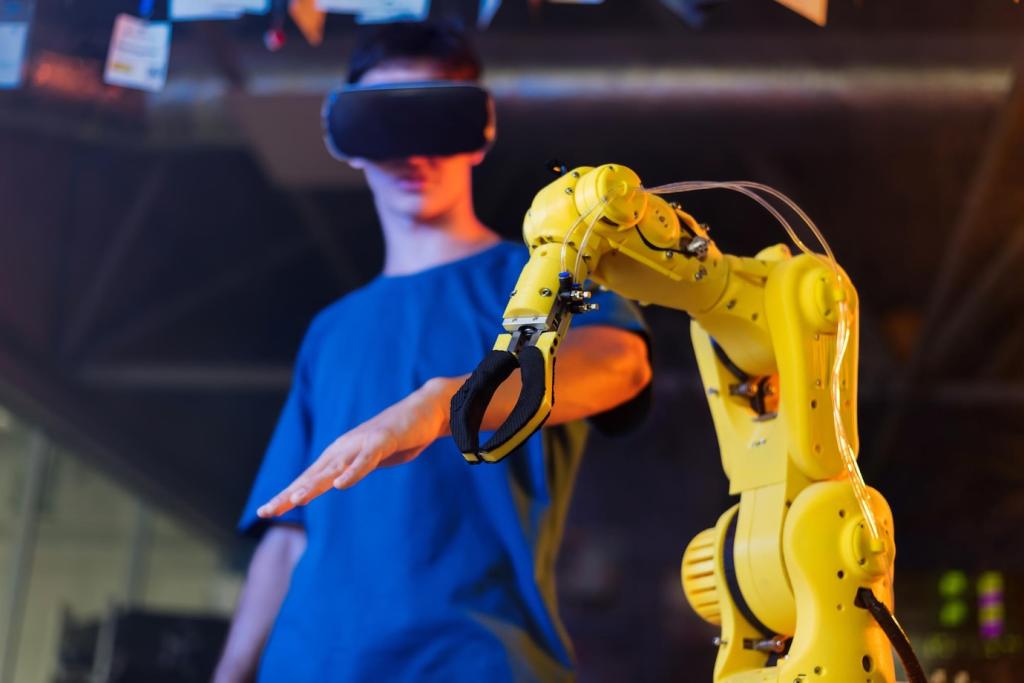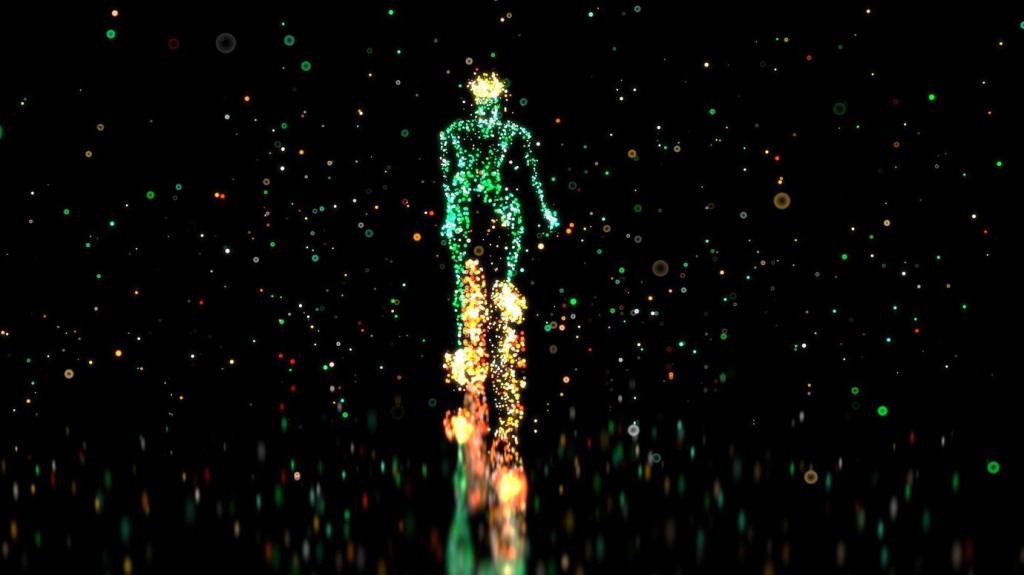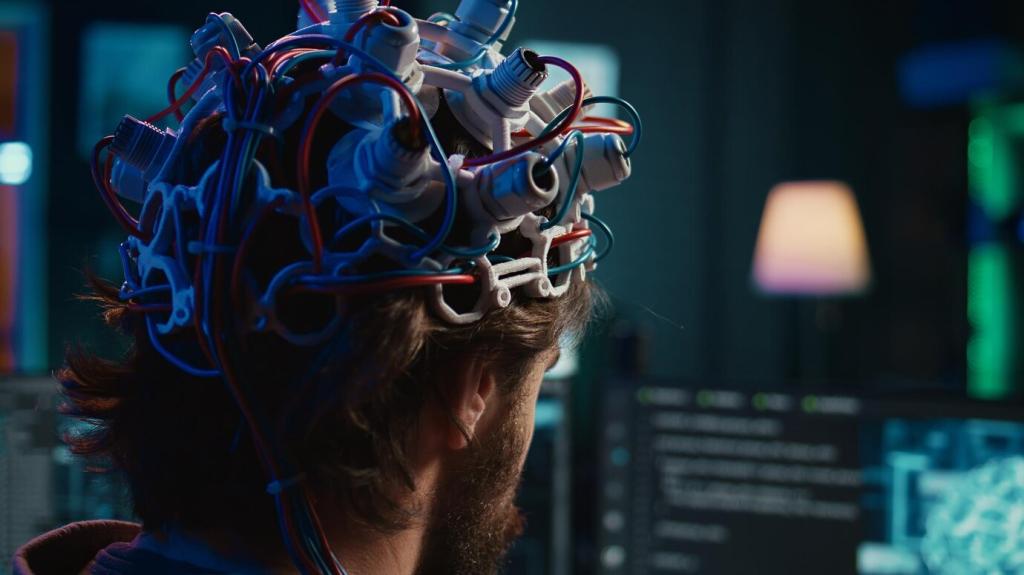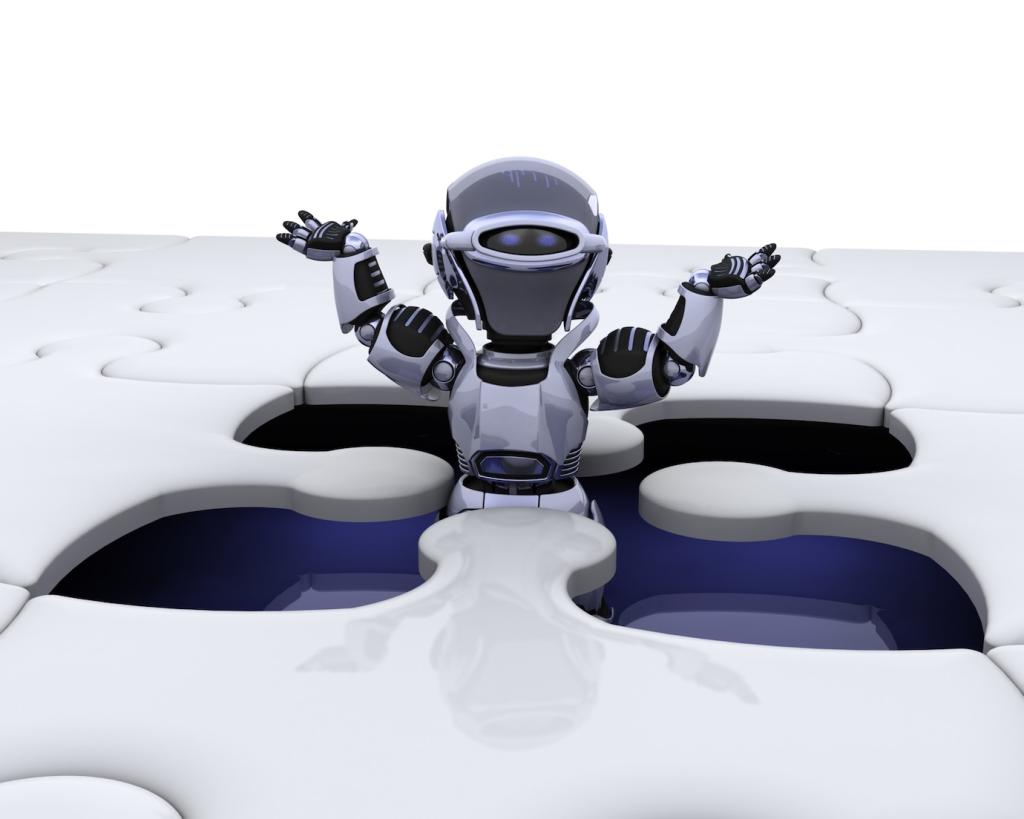This website uses cookies so that we can provide you with the best user experience possible. Cookie information is stored in your browser and performs functions such as recognising you when you return to our website and helping our team to understand which sections of the website you find most interesting and useful.
Smart Cities: The Role of AI in Urban Development
Smart cities are rapidly transforming the way we live, work, and interact within urban environments. At the heart of this evolution lies artificial intelligence (AI), which is driving innovation and shaping the future of city living. From optimizing infrastructure to enhancing public safety, AI technologies are being woven into the fabric of metropolitan life, providing solutions to enduring challenges. By harnessing real-time data, predictive analytics, and automation, AI-powered systems enable city planners and residents to experience smarter, more connected, and sustainable cities. This page explores the multifaceted role AI plays in urban development and demonstrates how these intelligent systems are making modern cities more livable, efficient, and resilient.

AI-Driven Urban Planning

Intelligent Infrastructure Management

Enhancing Urban Security and Public Safety


